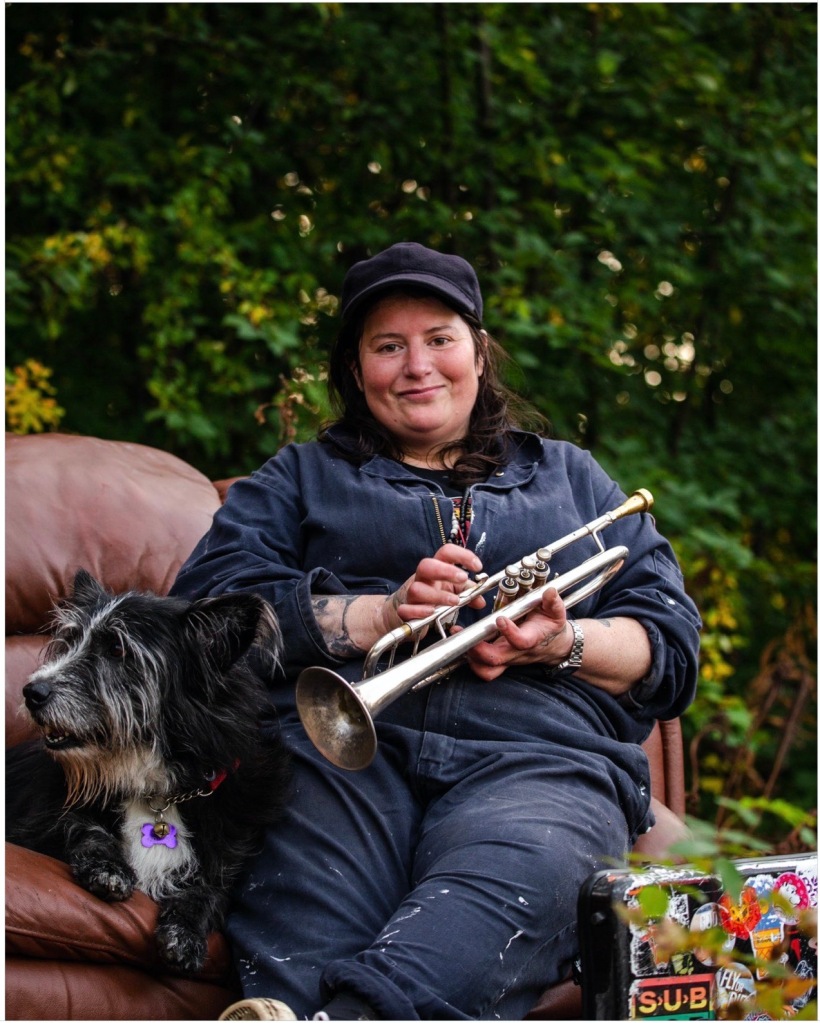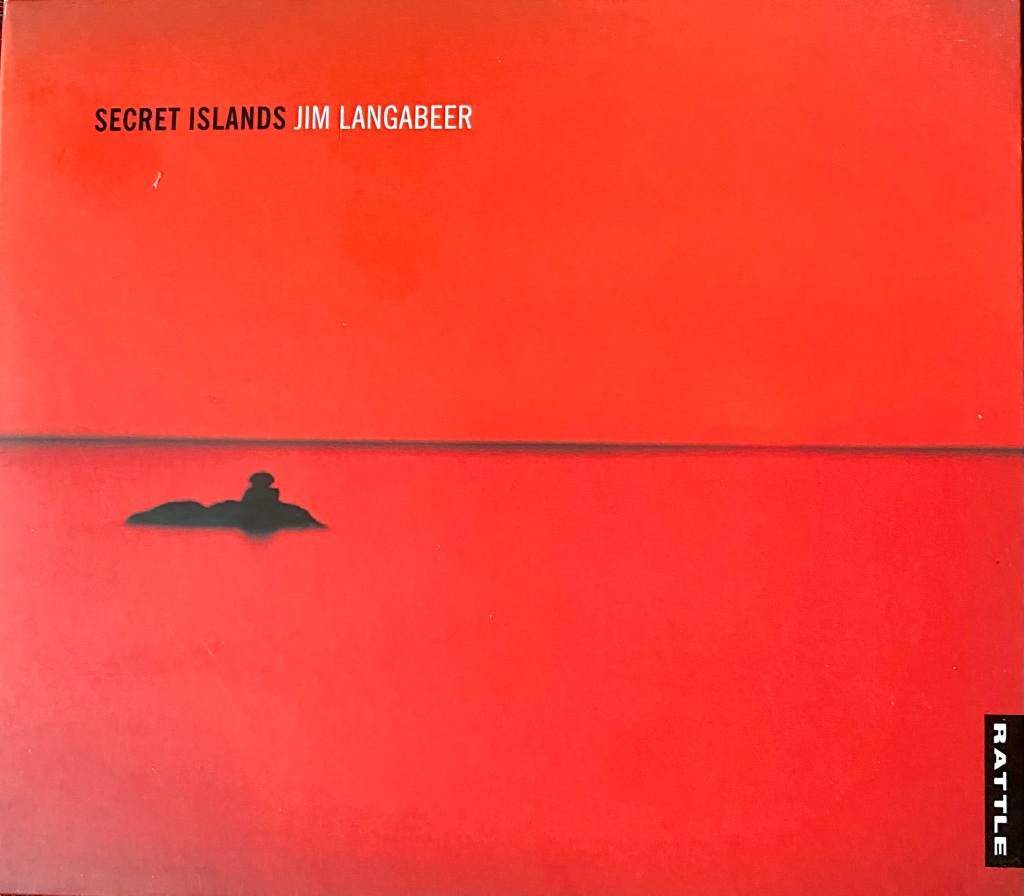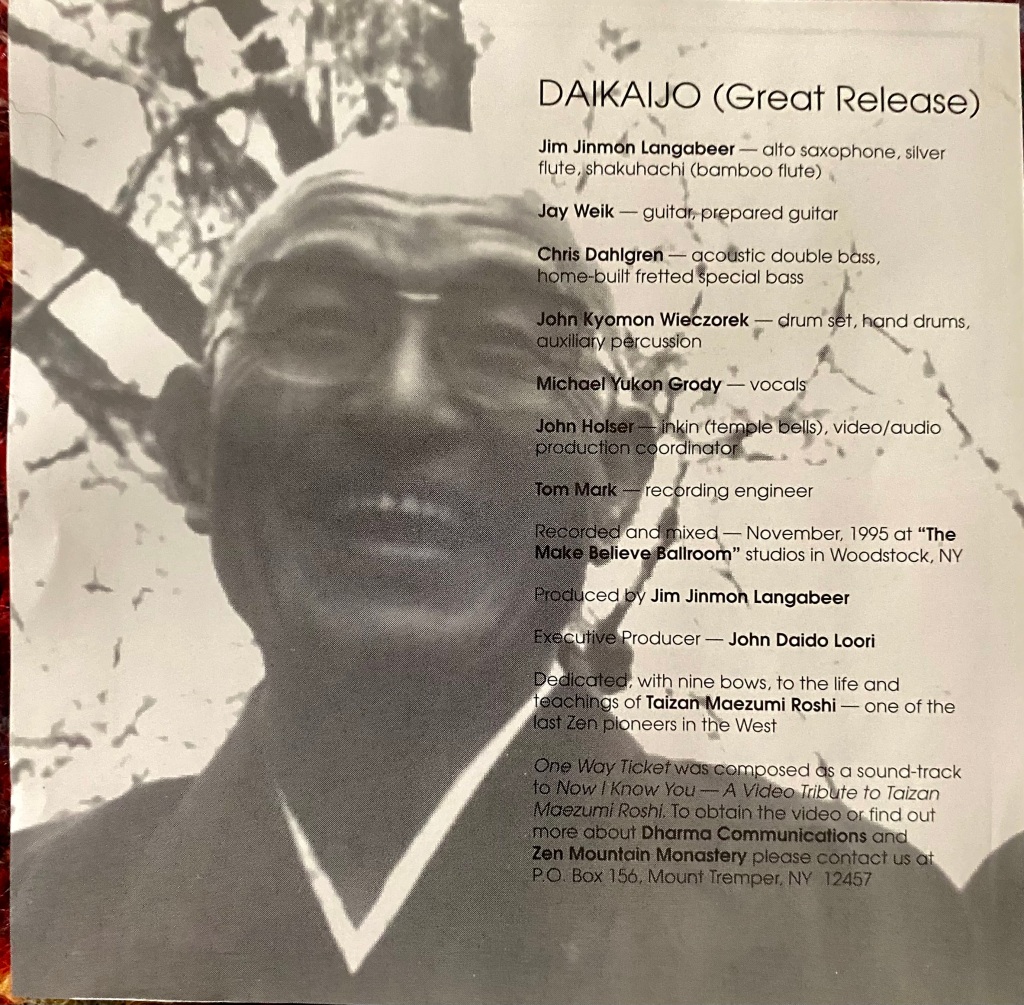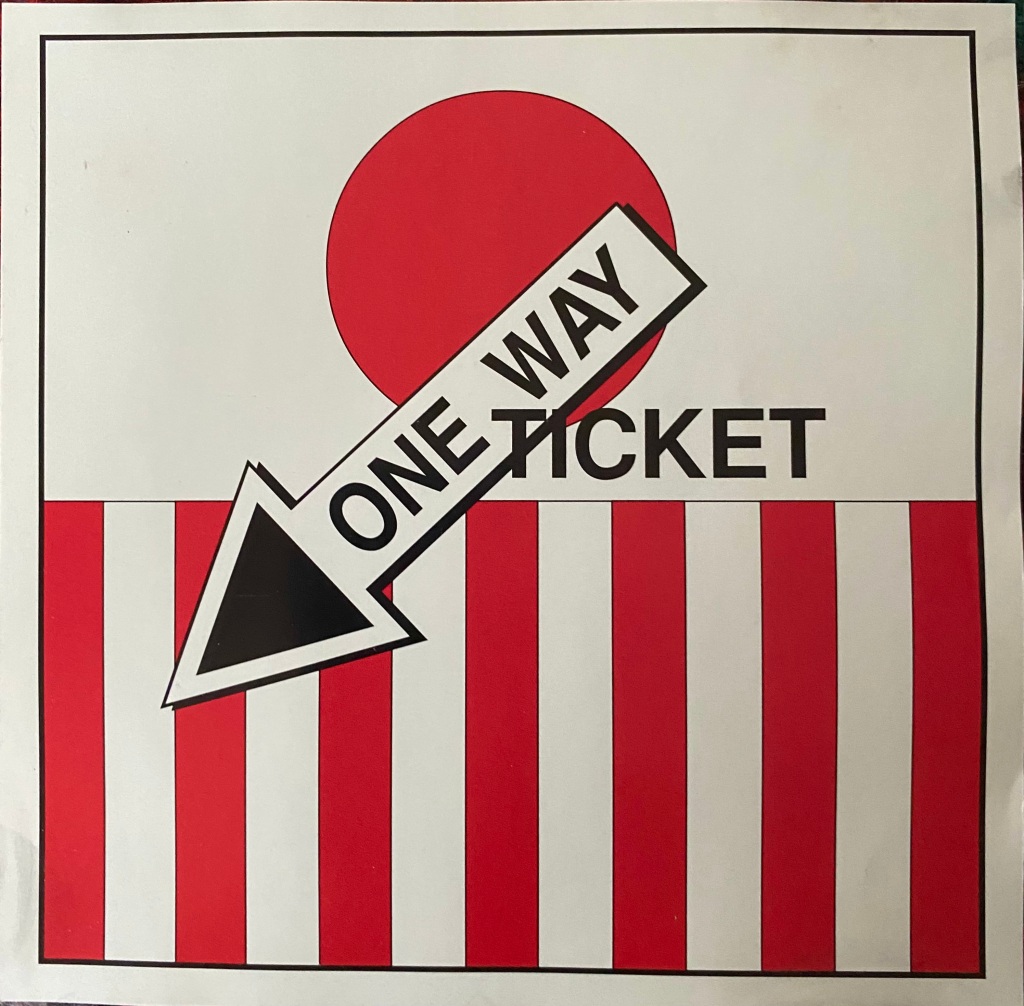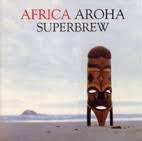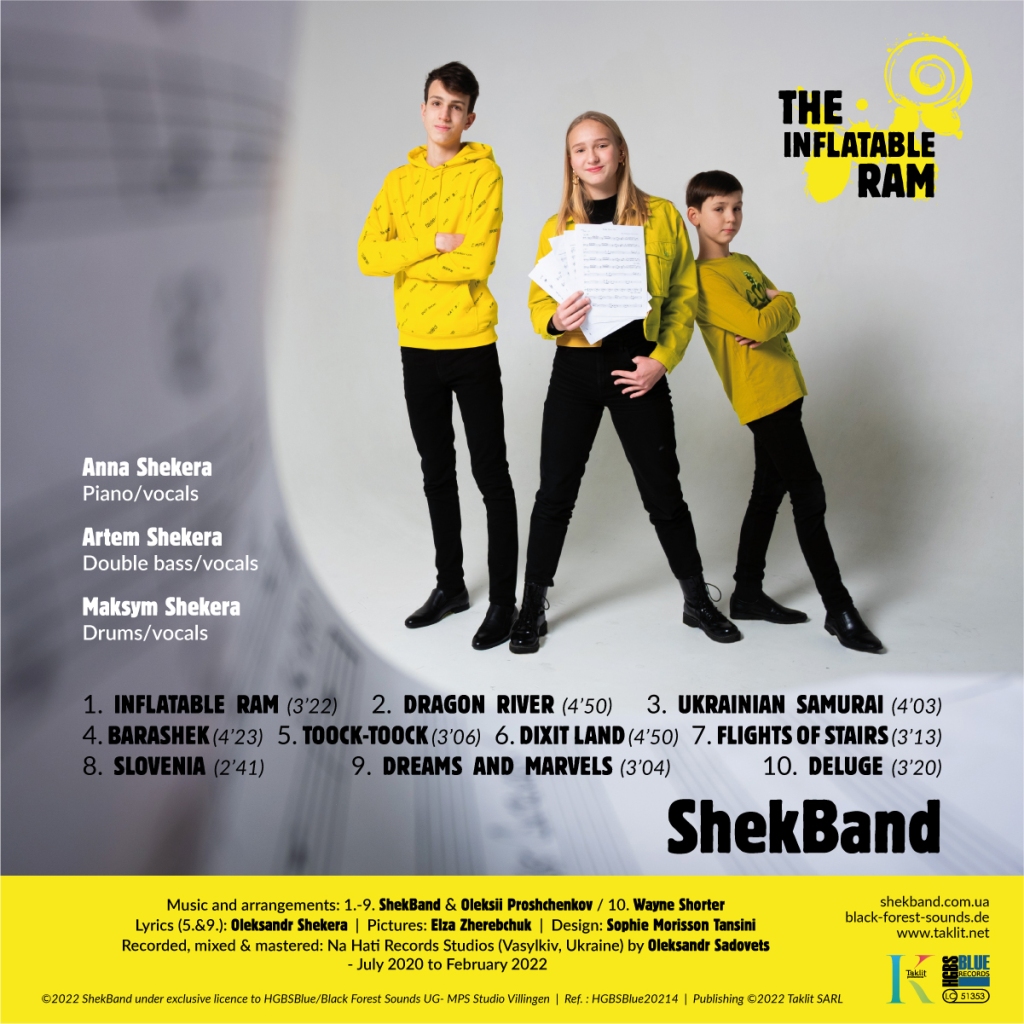
Komeda is one of the most intriguing characters in the European Jazz Pantheon. A man referred to as the Chopin of modern Polish music. So, who was he and why did a musician who only released one ‘official’ Jazz album have such an outsized influence on European Jazz? The book I review here answers many of those questions, but it also adds to the mystique. He was an exceptional composer and an innovator but merely a ‘good pianist’. He was shy and hated interviews so the story of his life is mostly fleshed out by others. And, as the narrative unfolds we enter deep inside the creative life and times of Soviet-era Poland.
Komeda died at a tragically early age. A quiet and often distant presence; as if he had some premonition of the difficulties and tragedies that were dogging his every footstep. Functioning as a musician in Soviet-era Poland was never easy; functioning as a jazz musician during an era when jazz was either banned or discouraged all the more so. And the fact that he was closely associated with Roman Polanski and by implication the Manson murders, gives the story a stranger-than-fiction tinge.
The first chapters of the ‘Komeda’ book begin with hilarious accounts of the first sanctioned Jazz Concert held at Sopot, Gdansk. Before the bands played, the compère had issued guidance to the audience; a how-to guide for jazz appreciation instructing the audience how and when to applaud. They were warned that the music could be challenging and offered various tips on how to react.
‘You are expected to clap, even while the band is playing, but no cat-calling… (You) are also warned not to be alarmed if the musicians walk about on stage during a performance, hum, or even talk to each other while playing.
The narrator reports later:
‘The authorities are putting their support behind the festival. In mid-July, Komrade Roman Kosznik, chair of the Sopot town council confided in a Przekroj journalist: ‘Personally’, I’ve been interested in Jazz for a while.
An official had suggested Swanee River as an excellent example of a Jazz tune and so it was played to open the festival. Years later the official was deeply embarrassed to learn that it was not a Jazz tune and that it was played by white men blacked up—the epitome of Western oppression and appropriation. (The tune opens Polish Jazz festivals to this day. It is played no doubt cognisant of the embedded irony.)
The running of the festival had been left to a tram driver, recently transferred to the Ministry of Culture and Arts and while the committee had planned for 10,000, an estimated 60,000 fans turned up. The word had spread like wildfire and soon there were no hotel rooms left in Gdansk and the tickets had sold out. What had been billed as ‘from Ragtime to Jitterbug’ was something else entirely and was getting badly out of control.
After the repressive Stalin years the ‘Khrushchev Thaw’ let a cork out of the bottle and groups of unruly youths dressed in strange costumes converged on the event. There were alarming reports of semi-naked girls roaming the streets and drunken males carrying strange signs with DUPA emblazoned on them (the worst swear word in Polish meaning “arse”). Observing all of this was Komrade Zygmunt Wisniesky who had been sent by the central committee to write a report on the event.
The festival ran for three days with Komeda’s band stealing the show; the audience had been wildly enthusiastic. Many of the other bands though, were not so accomplished. An official report states that one of the trombone players finished half a bar behind the pianist.

Because the seating and tickets were sold out before the festival started, the fans who had missed out rioted. Fences were torn down and chaos followed. The officials soon gave up trying to bring about order and spent the next week writing official reports, each blaming the other.
It is somewhat of a mystery why the festival was allowed to proceed in the first place as it was the same year that the famous Poznan Bread Rebellion occurred and a few months after Khruschev’s astonishing denouncement of Stalin in the Dumas. Perhaps they needed a distraction.
The narrative jumps about a bit but it doesn’t matter. After the initial chapters on the first jazz festival, we start at the beginning and follow his life to its conclusion.
Krzysztof Trzciński was born in Poznan, Poland in 1931. As a child he contracted polio, and when the war forced his parents to flee the advancing Nazi army, they carried him on their backs. As a disabled child, he turned to music, taught by a Jewish piano teacher (until she was discovered by the Nazis and sent to a concentration camp where she perished). When the Red Army drove Hitler’s army out a few years later, the dangers remained and the family learned that the Russians could be as dangerous as the Nazis.
Sections of the book will be of interest to those fascinated by postwar European history. I am. The Poles had long been accustomed to the liberators becoming the oppressors and what we learn in a fragmented fashion is drawn from first-hand accounts. Nevertheless, a vivid picture is painted. We know that Warsaw had been reduced to rubble and then rebuilt by determined Poles. Out of the countryside, they came, with wheelbarrows and picks. Proudly in charge of their destiny – until the Russians returned with their secret police and controlling ways. In those first two years following the war, jazz was allowed, and then, just as suddenly, it wasn’t.
Because Krzysztof showed an aptitude for music, he was permitted to join a school music programme. Later, he applied to a music academy, but the communist authorities declined the application. Denied that option he studied to become a doctor, but he never wavered from his desire to be a musician, sneaking into the family living room when everyone was asleep and listening to Radio Free America (the Jazz Show hosted by Willis Conover). He and his friends would transcribe tracks by Coltrane or Miles, gradually teaching themselves Jazz.
While Jazz had been forbidden under Stalin, attracting harsh penalties, after Kruschev came to power, things became less restrictive (at least in Poland). In August 1956, a miracle occurred, and a Jazz festival was held in Sopot, a beach suburb of Gdansk (the bulk of the Russian advisers had just departed). At that point, Komeda stepped briefly out of the shadows with his student jazz band. The bandstand was a wartime Nisen hut and the fire brigade was sent to neighbouring schools to grab all the chairs available.
Also at the festival is a school friend of Komeda’s, Andrezj Trzaskowski. His school days recollection is as follows.
‘’I was suspected of being one of a group of conspirators at Sobieski high school where I was a student. Two of my school friends had been planning to rescue one of their fathers from prison… the first one died during the chase; the other boy was executed”.
Andrezj Trzaskowski was released from prison after three months. He passed his exams that year but for political reasons, he did not get a place at the university.
We don’t learn if the young Krzysztof was caught up in this horror.
Trzaskowsky later became a brilliant and original Jazz pianist and the author of books on musicology. He and Komeda would sometimes swap places at the piano during gigs.
There is something mystical and otherworldly about Polish Jazz from the Soviet era. That vibe comes through in this book. It was a time when creativity was confined and perhaps because of that, forms of vibrant and original music (and film) flourished underground.
The book describes the difficulties faced by Jazz musicians and the determination with which they were overcome. The popularity of the 1958 Gdansk festival appeared to have alarmed the officials, but after a year of testy, to and fro debating, they allowed the festival to continue. Jazz was not yet encouraged and the authorities’ tolerance proved to have limits. This is known as the ‘jazz catacombs’ period.

There were Jazz performances before that first official festival (in the years between Stalin’s death in 1953 and 1956), but it was strictly an underground scene. During this ‘catacomb jazz’ era, musicians honed their skills well away from the public gaze and held invitation-only gigs in their reluctant parents’ basements. Lookouts would be placed in the street and if a policeman approached, they would switch to the Polish version of happy birthday.
“The number of guests is increasing as time went by, with as many as fifty gathering in small thirty square meter rooms. Now and then the doorbell (would) ring unexpectedly. Upon which the musicians would burst into ‘Sto lat’ (happy birthday).
Komeda had recently qualified as a doctor, although he only ever treated one patient. During this catacomb period, the book introduces us to the jazz musicians and friends who would surround him for the remaining years of his life. Most importantly, Jerzy Milian, Jan ‘Ptaszyn’ Wróblewski, Andrzej Trzaskowski and his girlfriend Zofia Lach (soon to be his wife and referred to variously as Zofia, Sosia or Zoska).
If the band sought permission to travel or lodged funding applications, the requests were usually declined. Zofia would then send a follow-up letter, co-signed by a senior party official (forged). The official who had initially declined the request would then hastily grant it. It was forgery and it was dangerous, but it worked.
Komeda notwithstanding, Zofia gets the most attention in the book. Talented, beautiful and fascinating, but by all accounts troublesome. She managed most of the better Polish Jazz bands (and was on the board of several Jazz organisations). According to the musicians interviewed, she was a brilliant manager, brow-beating reluctant communist officials to get what she needed for the musicians (visas, tours, gigs etc). The musicians, however, were all scared of her as she could also be violent when drunk, especially if a female fan showed too much interest in Komeda.
The book examines her traumatising childhood years during the horrors of the Nazi regime and this is offered as an explanation of her subsequent behaviour. That sort of childhood would scar anyone.
When the Rock era arrived in Poland, there was a clamour to experience it. Zofia had a plan, as she always did.
“Zofia gets colourful shirts for the bands made out of curtains”, They still play Jazz.
.We learn about concerts and festivals and the views of various critics, fans and musicians. There are more riots by DUPA hooligans and endless trouble with the officials, but against that background of poverty and struggle, Komeda is expanding his musical conceptions.
At one point, there was a cultural exchange festival in Moscow, but the band is denied permission to perform by the horrified bureaucrats. The students have other ideas and set up private gigs in the backstreets. Eager to hear the forbidden music the Russian fans mob the venue.

It is all worth reading, but I couldn’t wait to reach the chapter covering 1964, the year of the first Warsaw Jazz Jamboree, and most importantly, the year Astigmatic was recorded. I discovered Komeda through this album and it was love at first listening. I probably became aware of it as I browsed through the Penguin Guide to Jazz, my bible at the time.
“We cannot recommend this album highly enough, and we can only envy anyone hearing it for the first time, and with no prior knowledge of Komeda”.
It was awarded the essential-listening crown in the guide and lauded by others.
When Astigmatic was recorded, Tomasz Stańko had only recently joined, and Komeda had been gradually developing his unique free jazz style. While the tune Astigmatic has a basic structure, the piece follows its inner logic, vamps and recurring motifs, probing rhythms, slowing, speeding up and with long passages of ecstatic freedom. It was the beginning of a particular melodic approach to freedom that was very Northern European. Kattorna, the second piece is a model Slavonic masterpiece. Then Svantetic, named after the Swedish poet Svante Foerster (later an adviser to the ill-fated Swedish Prime Minister Olof Palme).
A couple of the tunes had been aired at the 64 Jazz Jamboree but with a different configuration.
“All of a sudden Polskie Nagrania wanted to record Astigmatic, Svantetic and Kattorna, right here and now, pronto”.
Komeda frantically gets a band together. Those playing with him at the moment were Tomasz Stanko (t), Zbigniew Namysłowski (as) Rune Carlsson (d) and a bassist from Albert Manggelsdorf’s band, a visiting musician. Immediately after finishing their festival performances, the Jazz musicians dashed over to an improvised studio at the Philharmonic.
“There was no time for rehearsals, we learned it during the hundred minutes of recording. Astigmatic was pure Jazz”.
This was the only ‘official’ jazz recording that Komeda was to release. There were of course lots of recordings but they were classified as Ballet, theatre or film music, probably to obscure the jazz content. At the time of recording Astigmatic, Polish musicians had only been allowed to travel out of the country for a year (and that was only to Sweden, a neutral country).
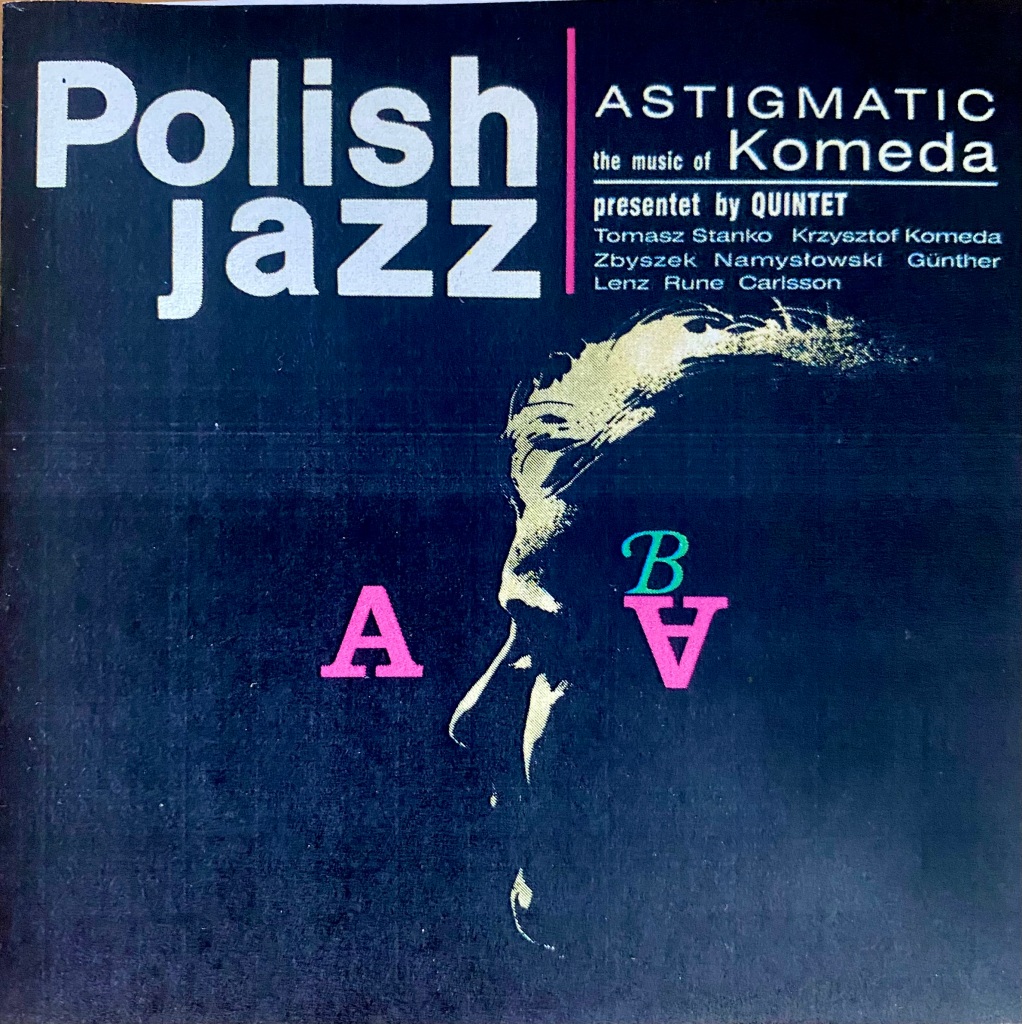
An official invitation from Sweden was sent via the ZSP (The Polish Students Organisation) and this made the trip more acceptable to the authorities as it was viewed as a cultural exchange. The tour was a great success and the Gyllene Cirkeln Jazz Club reached capacity every night, turning away hundreds. A leading critic in Sweden wrote:
‘Anyone who thinks that the Polish quartet are well received just because ‘they are Polish’ is badly mistaken. Komeda’s quartet is ‘really’ outstanding at an international level.
Their next gig is in the famous Jazzhus Montmartre in Copenhagen, where the fans had been waiting expectantly
‘A week before they arrived at the Jazzhus Montmartre there had been a seven-day screening of Polish Films. The club walls are still hung with posters for (Polanski’s) Knife in the Water and Innocent Sorcerers. The Danish Jazz fans are waiting expectantly for ‘Ballad for Bernt’ and ‘Crazy Girl’.
While in Denmark, Komeda records Ballet Etudes. He had been forbidden to record outside Poland but he ignored that instruction. The other event of note was the defection of the band’s bassist Roman Dyląg. Later the band purchases a diamond necklace with their performance fee as there was no ability to exchange Kroner for Zloty. When it was sold back in Poland, much of the money went to the authorities. On subsequent trips they purchased second-hand cars and recording equipment to ship home.
With a few months left on their visas, although forbidden, Komeda, with Zofia in tow, slips over the border and travels to Amsterdam, then Paris. He has received two film score commissions. This is an important focus in the book. Komeda’s film work offered him security.
He had once helped a second-year film student, who begged him to write a movie soundtrack. Unsure if it was something he could do, he cobbled together some music and the short film went on to win an award at Cannes. The student film-maker was Roman Polanski. He and Polanski remained close friends after that and Polanski repaid the debt many times over.
Polanski:
‘I was intimidated by him (at first), by his reticence. But he was a shy fellow, who spoke calmly. (He) didn’t make large gestures? He didn’t have a big smile but (it was) a gentle one.
Komeda composed over sixty film scores during the remaining ten years of his life, and this cross-pollination enriched both genres. He worked fast and produced scores that made even average movies great. They were essentially jazz albums, often embedded inside well-written orchestral scores.
Being a largely self-taught Jazz musician, I wondered if the book would cast a light on where he picked up these arranging skills. No one interviewed can recall him being tutored, it just appeared to come naturally. The one exception is Rosemary’s Baby, where he subbed out a small section of the score to a Holywood arranger, in order to meet a deadline.
There is something extraordinary about Komeda’s compositions as they are endlessly amenable to interpretation. Edgy modern Jazz ensembles like EABS combine his Ballet Etudes with hip hop and it works perfectly well. Tunes like Rosemary’s Baby ‘Lullaby’, or Crazy Girl can be hummed and are appealing, but underlying that is a degree of complexity. Stańko played the Lullaby years later in his Komeda Tribute, Litania. He was surprised to find that there was an extra bar in the chorus that didn’t follow the form. It was not noticeable unless it was pointed out and slid by subliminally. This kind of device is where tension is created.
I would have liked to learn more from the mouth of Komeda but he hated interviews and seldom spoke to anyone about his creative process. In this, he followed Miles, remaining enigmatic and trusting the musicians to step up and stretch themselves.
From that first meeting onwards, Polanski was always in his life whether at work or play. He relied on Komeda to create magic and the musician delivered. As Polanski’s star rose so did Komeda’s and the awards and growing recognition eventually took both to Hollywood. While there, two scores were written, several more were begun, and then tragedy.
Accounts of Komeda’s final days are as eerie a sequence of events as it is possible to imagine. He rented a place in Hollywood Heights and while partying to celebrate the success of Rosemary’s baby, he fell and injured his head. Soon after he slipped into a coma from which he never recovered.
Present at the fateful gathering were Roman Polanski, the actress Sharon Tate, Gabby Folger and Wojciech Frykowski. Tate, Folger and Frykowski were murdered months later by Charles Manson’s acolytes. Polanski would normally have been at home during the massacre but he was out of the country signing a film contract, in part to raise money for Komeda’s medical care.
The final short chapters deal with Komeda’s return to Poland by medivac flight and his death soon after. The flight was held up by authorities at the border and many believe this to have been deliberate.
The joy of being a Komeda fan lies in the musician’s open-ended legacy, and it keeps expanding; as if the cosmos can’t contain it. New compositions come to light and previously unknown recordings emerge. Bands all over the world discover his works and each one interprets the pieces differently, be it hip-hop or with orchestra. His compositions are so well-constructed that the possibilities are endless. And now, thanks to this fascinating biography, we can further appreciate him through the eyes and ears of those who knew him best.
Written by Polish author Magdalena Grzebałkowska and translated by Halina Maria Boniszewska. Published by Equinox Publishers – Series edited by Alyn Shipton for Royal Academy of Music London. All of the photographs are from the book with the exception of the Astigmatic cover art (one of two versions).
JazzLocal32.com is rated as one of the 50 best Jazz Blogs in the world by Feedspot. The author is a professional member of the Jazz Journalists Association, a Judge in the 7VJC International Jazz Competition, and a poet & writer. Some of these posts appear on other sites with the author’s permission




